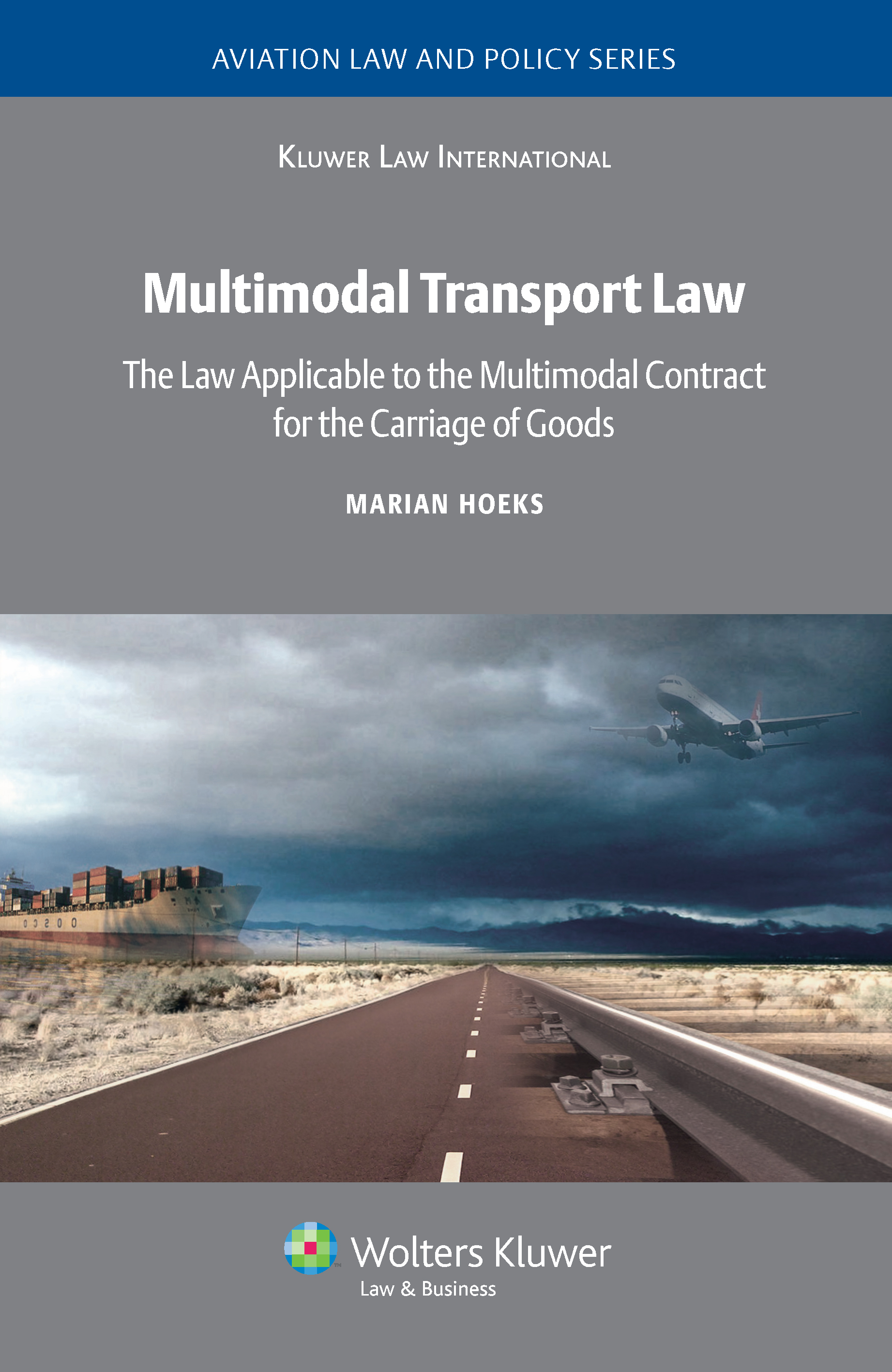- 中图分类号: D99
- 语种: ENG
- 出版信息: Kluwer Law International 2010 562页
- EISBN: 9789041155160
- PISBN-P: 9789041132468
- 原文访问地址:
KG评星
知识图谱评星,是一种基于用户使用的评价体系,综合图书的评论数量、引文数量、Amazon评分以及图谱网络中节点的PageRank值(即考虑相邻节点数量和重要性)等多种因素计算而得出的评价数值。星级越高,推荐值越高。CAT核心级
核心学术资源(CAR)项目作为教图公司推出的一项知识型服务,旨在打造一套科学、有效的图书评价体系,并协助用户制定相应的馆藏建设方案。CAR项目调查和分析12所世界一流大学的藏书数据,以收藏学校的数量确定书目的核心级,核心级越高,代表书目的馆藏价值越高。选取核心级在三级以上,即三校以上共藏的图书作为核心书目(CAT)。Due to the fact that no attempt to create uniform law for multimodal carriage has as yet met with success, transport law has no adequate means to create certainty as to the legal consequences of any loss, damage or delay of cargo resulting from multimodal carriage contracts. A fragmented, complex and inconsistent liability patchwork – which involves regional, subregional and national laws usually focused on unimodal transport, supplemented by contractual standard rules created by the industry – serves as an international liability framework. The consequence of this state of affairs is that the applicable liability rules vary greatly from case to case and give rise to uncertainty concerning the extent of a multimodal carrier’s liability in a given situation. Indeed, according to a 2003 UNCTAD survey, most parties involved in the transport industry do not consider the existing legal framework for multimodal transportation to be satisfactory or even cost-effective. Now, progressing through an in-depth analysis of the exact nature of the international multimodal carriage contract, this important study assesses how the most advantageous law applicable to a multimodal contract may be uncovered. Using the ideas, legislation and case law on multimodal carriage in the legal systems of Germany, The Netherlands and England to anchor her presentation, the author offers a thorough investigation of the existing framework of carriage law, the applicable rules of private international law, and the options provided by choice of law based on contractual conditions. In the course of the analysis all essential issues are scrutinized, including the following: ? whether the modes of transport to be used may be left open by the contract; ? time bars on protest and litigation and when they commence; ? carriage documentation; ? liability of the carrier for subcontractors; ? planning for ‘friction costs’; ? rules on jurisdiction and the resulting forum shopping practice; ? instances where conventions overlap, or when no existing carriage regime applies; ? damage or loss that occurs at the point where one unimodal regime ends and another begins; ? damage or loss brought about by multiple causes; and ? rights and obligations attached to delivery. No comparable treatise exists on which rules may govern international multimodal contracts for the carriage of goods and under what conditions they will do so, and this book is thus an indispensable asset to the work of any practitioner or official connected with international transport. In addition, the author presents a detailed review of the various drafts and propositions that have been on offer in recent years, and submits a well-thought-out proposal for a set of multimodal transport rules to alleviate the difficulties that currently plague this area of carriage law.







 京公网安备 11010602104826号
京公网安备 11010602104826号
